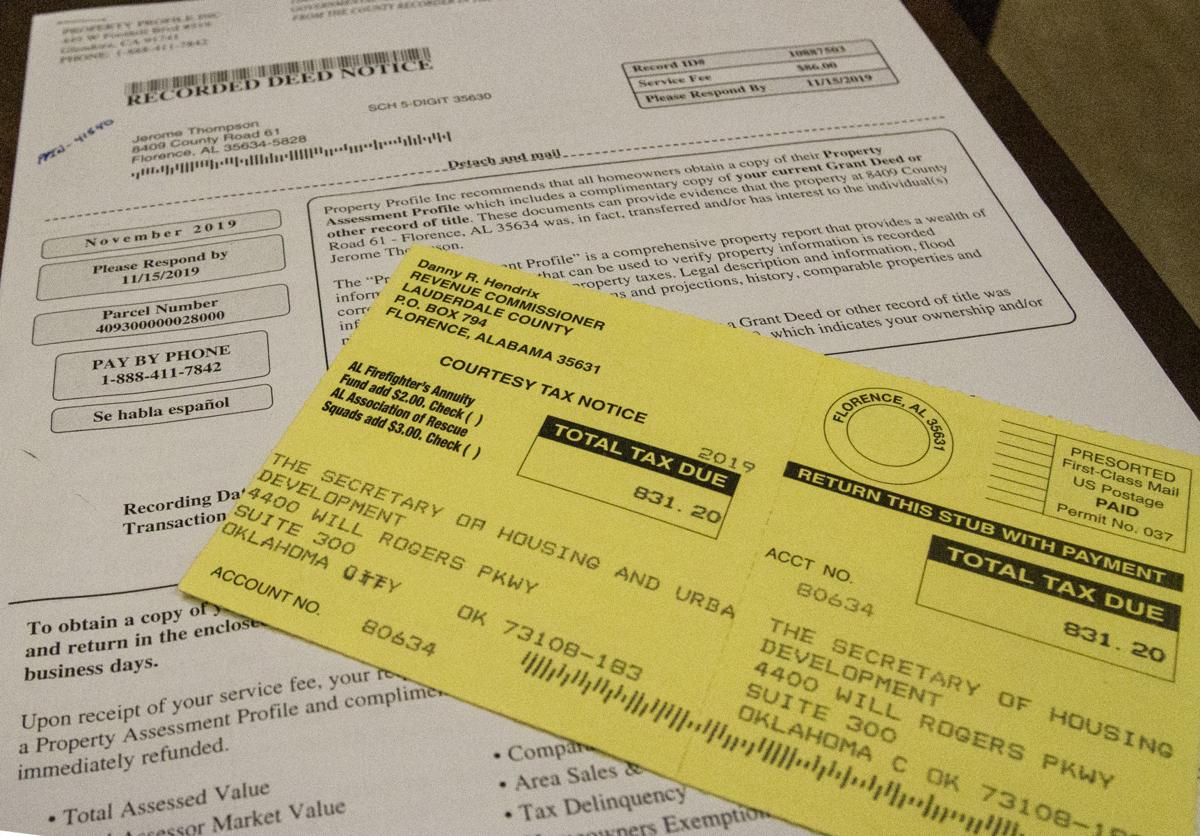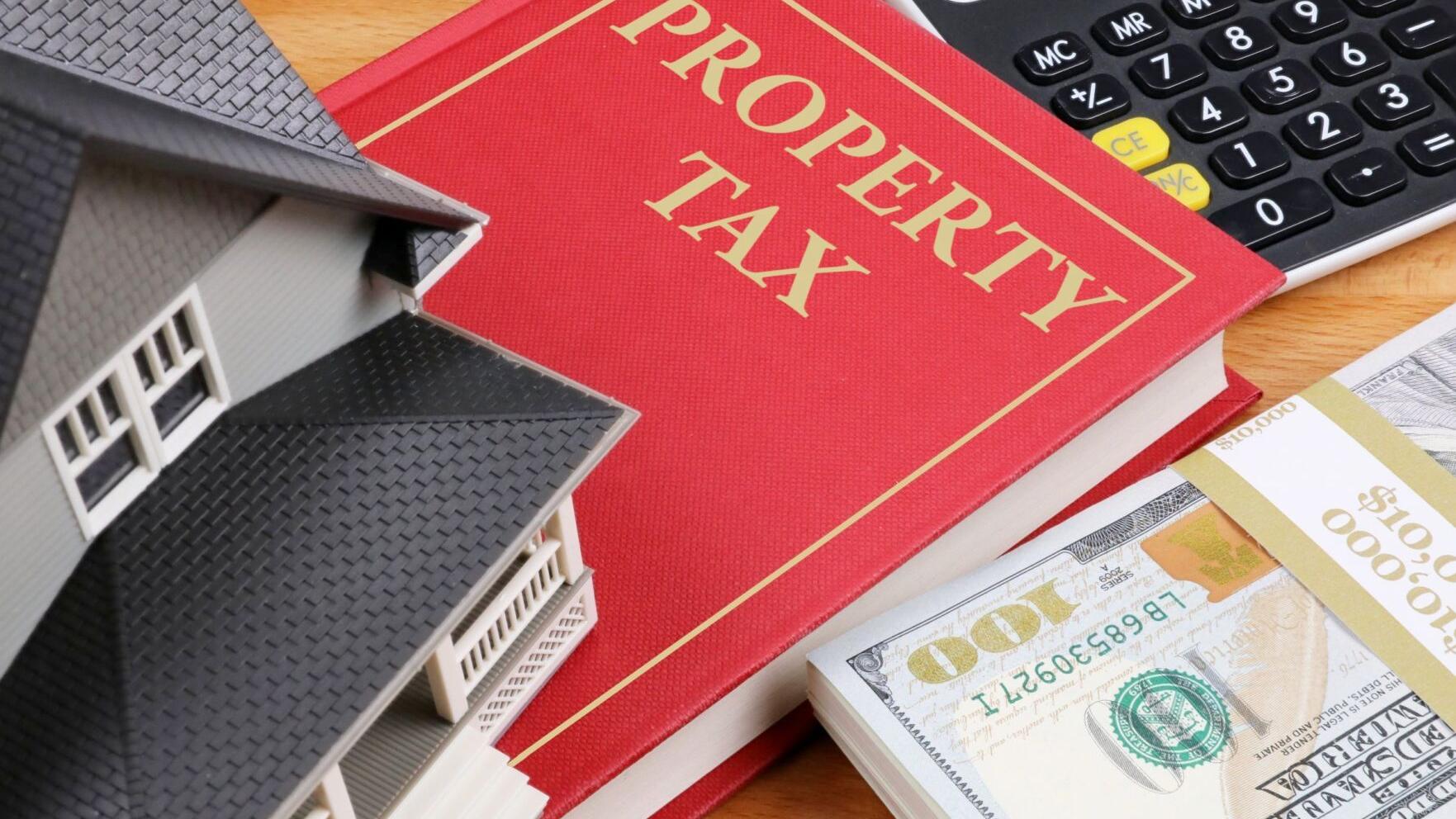Home>Home Maintenance>What Does “BMU” Stand For On Property Assessment


Home Maintenance
What Does “BMU” Stand For On Property Assessment
Modified: August 17, 2024
Discover what "BMU" stands for in property assessment and learn why it's important for your #home-maintenance.
(Many of the links in this article redirect to a specific reviewed product. Your purchase of these products through affiliate links helps to generate commission for Storables.com, at no extra cost. Learn more)
Introduction
Welcome to the world of property assessment! If you’ve ever received a property assessment notice or seen the acronym “BMU” mentioned in this context, you may have wondered what it stands for. In the realm of property assessment, “BMU” refers to Building Measurement Unit.
Building Measurement Unit (BMU) is a crucial term used in the assessment of properties. It plays a significant role in determining the value of a property, whether it is residential or commercial.
In this article, we will explore the definition of BMU, its role in property assessment, the factors considered by BMU, the importance of BMU in property assessment, and the challenges faced by BMU assessors.
So, let’s dive in and uncover the mysteries behind the acronym “BMU” in property assessment!
Key Takeaways:
- BMU, or Building Measurement Unit, is a standard way to measure the size and dimensions of buildings. It helps assessors determine property value, taxes, and rental rates fairly and consistently.
- BMU assessors face challenges like complex building designs and incomplete information. Despite this, they work hard to provide accurate property assessments for fair evaluations.
Read more: What Does Property Assessment Mean
Definition of BMU
A Building Measurement Unit (BMU) is a standardized unit of measurement used in property assessment to determine the size and dimensions of a building. It provides a quantifiable value that aids in evaluating the property’s market worth.
BMU is commonly expressed in terms of square footage or square meters, depending on the local measurement standards. It takes into account various aspects of the building, including the floor area, number of floors, and the overall layout.
BMU assessors use specific formulas and guidelines to calculate the accurate and fair measurement of a building. This measurement is crucial as it determines crucial factors such as property taxes, insurance, and rental rates.
The BMU helps in establishing a standard measurement unit that can be used consistently across different properties, regardless of their unique characteristics or architectural designs. It allows for a fair and objective comparison between various properties, ensuring equity in property assessments.
It’s important to note that BMU doesn’t take into account the quality, condition, or specific features of the building. It solely focuses on the physical dimensions and size of the property. These aspects may be considered separately in the overall property assessment process.
Now that we understand the definition and purpose of BMU let’s explore its role in property assessment in the next section.
Role of BMU in Property Assessment
The Building Measurement Unit (BMU) plays a vital role in property assessment by providing a standardized measurement that serves as the foundation for evaluating the value of a property. It is used by assessors to determine the size, shape, and layout of a building, which is then used as a benchmark for comparison with other properties.
One of the primary roles of BMU is to establish a common language for property assessment. By using a standardized unit of measurement, assessors can accurately compare properties and make informed decisions regarding their value. This helps ensure fairness and consistency in the assessment process.
BMU also aids in accurately determining property taxes. The assessed value of a property is often based on the size or square footage of the building, which is calculated using BMU. The larger the building, the higher the assessed value, and consequently, the higher the property taxes. By using BMU, assessors can provide a fair and equitable tax assessment based on the physical attributes of the property.
In addition to property taxes, BMU is also used to determine rental rates. Landlords and property owners often use the square footage or BMU as a basis for setting rental prices. The larger the property, the higher the rental rate. This ensures that tenants are paying a fair price based on the size and space they are occupying.
The role of BMU goes beyond financial considerations. It also helps property owners evaluate spatial requirements and make informed decisions regarding property management. Whether it’s determining the feasibility of a renovation project, assessing space utilization, or evaluating the potential for expansion, having an accurate measurement of the building through BMU is crucial for effective decision-making.
Overall, the role of BMU in property assessment is multifaceted. It provides a consistent measurement framework that enables fair and objective evaluation of properties. It influences property taxes, rental rates, and property management decisions, making it an integral part of the property assessment process.
Now, let’s explore the factors considered by BMU assessors in property assessment.
Factors Considered by BMU in Property Assessment
When Building Measurement Unit (BMU) assessors determine the size and dimensions of a building, they take into account various factors that can influence its assessed value. These factors provide a more detailed picture of the property’s characteristics and help assessors make accurate and fair assessments.
Here are some of the key factors considered by BMU assessors in the property assessment process:
- Floor Area: The total floor area of the building is a significant factor in determining the BMU. Assessors measure the area of each individual floor and sum them up to calculate the overall floor area. This includes usable space as well as common areas such as hallways and lobbies.
- Number of Floors: The number of floors in a building also affects the BMU. Assessors consider both the above-ground floors and any below-ground levels. Each floor contributes to the overall size and value of the property.
- Layout and Configuration: The layout and configuration of the building are taken into account during the assessment. Assessors consider factors such as the number and size of rooms, the presence of common areas, the arrangement of corridors, and any unique architectural features that may affect the overall size and value of the building.
- Permitted Use and Zoning: The permitted use of the building, as specified by zoning regulations, can impact its assessed value. Assessors consider whether the property is designated for residential, commercial, or mixed-use purposes, as each type carries different market values.
- Additional Features: Certain additional features, such as balconies, terraces, garages, or storage spaces, are also taken into account. These features contribute to the overall size and functionality of the property and are factored into the assessment process.
- Local Market Conditions: Local market conditions, including supply and demand dynamics, can influence the assessed value. Assessors consider factors such as location, neighborhood amenities, and market trends when evaluating the property.
These are just a few of the factors that BMU assessors consider during the property assessment process. By taking into account these factors, assessors can determine the accurate and fair measurement of the building, which serves as the foundation for evaluating the property’s value.
Now that we understand the factors considered by BMU assessors, let’s delve into the importance of BMU in property assessment.
“BMU” stands for Building Measurement Unit on property assessment. It is used to calculate the size and value of a building on a property.
Importance of BMU in Property Assessment
The Building Measurement Unit (BMU) plays a crucial role in property assessment, and its importance cannot be overstated. It serves as a standardized measurement that allows for fair and objective evaluations of properties. Here are some key reasons why BMU is important in property assessment:
- Equity and Consistency: BMU provides a standardized measurement unit that ensures fairness and consistency in property assessments. Assessors can compare properties accurately, regardless of their unique characteristics or architectural designs. This promotes equity in the assessment process, ensuring that properties are valued fairly and consistently across the board.
- Accurate Tax Assessments: BMU is used to determine property taxes. By accurately measuring the size and dimensions of a building, assessors can calculate the property’s assessed value and set appropriate tax rates. This ensures that property owners are paying their fair share of taxes based on the physical attributes of their properties.
- Transparent Property Transactions: BMU provides clarity and transparency in property transactions. Buyers and sellers can use BMU as a common language to understand the size and dimensions of a building. This helps in making informed decisions and negotiating fair prices.
- Effective Property Management: BMU assists property owners and managers in effectively managing their properties. By knowing the accurate size and dimensions of a building, property owners can make better decisions regarding space utilization, renovations, expansions, and maintenance. This leads to efficient property management and maximizes the value and potential of the property.
- Comparable Analysis: BMU enables assessors, real estate professionals, and market analysts to conduct comparable analysis. By comparing the size and dimensions of different properties, they can assess market trends, determine property values, and make informed decisions regarding investments, sales, and leases.
- Legal Compliance: BMU ensures compliance with local regulations and zoning requirements. Local authorities often rely on accurate building measurements to enforce regulations, such as setback requirements and density restrictions. By adhering to the defined BMU, property owners can avoid legal complications and ensure compliance with the law.
Overall, the importance of BMU in property assessment lies in its ability to provide a standardized and objective measurement that facilitates fairness, transparency, and effective decision-making. It is a critical tool that ensures equity in property valuations, enables accurate tax assessments, assists in property management, and facilitates informed transactions.
Now, let’s explore the challenges faced by BMU assessors in property assessment.
Challenges Faced by BMU in Property Assessment
While the Building Measurement Unit (BMU) serves as a fundamental tool in property assessment, it is not without its challenges. BMU assessors face several difficulties when accurately measuring and evaluating buildings. Here are some of the key challenges faced by BMU assessors:
- Complex Building Designs: Modern buildings often feature complex designs, irregular shapes, and unique architectural elements. Assessing such buildings can be challenging, as it may involve measuring non-standard shapes and accounting for irregular features. Ensuring accuracy and consistency in measuring complex buildings presents a significant challenge to BMU assessors.
- Variations in Measurement Standards: Different regions and jurisdictions may have varying measurement standards or guidelines for calculating BMU. This can lead to inconsistencies when comparing properties across different locations. BMU assessors must stay updated with local measurement standards and ensure their assessments adhere to the specific guidelines of their region.
- Incomplete or Inaccurate Building Information: BMU assessors heavily rely on accurate building information provided by property owners or obtained from public records. However, in some cases, the information may be incomplete or inaccurate, making it challenging to assess the building’s size and dimensions accurately. Assessors often need to rely on their expertise and other available resources to fill in the gaps.
- Building Renovations and Modifications: Buildings undergo renovations and modifications over time, altering their original structure and dimensions. Assessing buildings with modifications can be challenging, as assessors need to determine how to account for these changes accurately. It requires careful consideration and judgment to ensure that the BMU reflects the current state of the building.
- Limited Access to Buildings: BMU assessors may face limitations in accessing certain areas of buildings, especially in cases where tenants or occupants restrict access. This can make it challenging to accurately measure the entire building, potentially leading to incomplete assessments. Assessors must find alternative ways to gather the necessary information while respecting privacy and property rights.
- New Construction and Developments: Assessing newly constructed buildings or developments can pose unique challenges. These properties may not have complete documentation or established market values, making it difficult for assessors to determine accurate BMU. Assessors need to rely on their knowledge, expertise, and comparable data to make informed assessments in such cases.
Despite these challenges, BMU assessors diligently strive to overcome these obstacles and provide accurate and consistent property assessments. Their expertise, experience, and commitment to maintaining fairness in the assessment process help ensure that property owners receive a reliable evaluation of their buildings.
Now, let’s conclude our exploration of BMU in property assessment.
Conclusion
In the realm of property assessment, the Building Measurement Unit (BMU) serves as a vital tool in determining the size, dimensions, and value of a building. It provides a standardized measurement that ensures fairness, consistency, and transparency in property assessments.
BMU assessors play a crucial role in accurately measuring and evaluating buildings, considering factors such as floor area, number of floors, layout, permitted use, and additional features. These assessments are essential for determining property taxes, rental rates, and making informed property management decisions.
The importance of BMU lies in its ability to provide a standardized and objective measurement, promoting equity, accurate tax assessments, transparent transactions, effective property management, and comparable analysis.
However, BMU assessors face various challenges such as complex building designs, variations in measurement standards, incomplete building information, building renovations, limited access, and new construction. Overcoming these challenges requires expertise, adaptability, and a commitment to providing accurate and reliable assessments.
In conclusion, the Building Measurement Unit is a vital component of property assessment, providing a common language and framework for evaluating properties. It ensures fairness, transparency, and consistency in property valuations, facilitating informed decision-making for property owners, buyers, and other stakeholders.
Next time you receive a property assessment notice or see the acronym “BMU,” you’ll have a better understanding of its significance in the world of property assessment.
Thank you for joining us on this journey of exploring the meaning and importance of BMU in property assessment.
Frequently Asked Questions about What Does "BMU" Stand For On Property Assessment
Was this page helpful?
At Storables.com, we guarantee accurate and reliable information. Our content, validated by Expert Board Contributors, is crafted following stringent Editorial Policies. We're committed to providing you with well-researched, expert-backed insights for all your informational needs.















0 thoughts on “What Does “BMU” Stand For On Property Assessment”